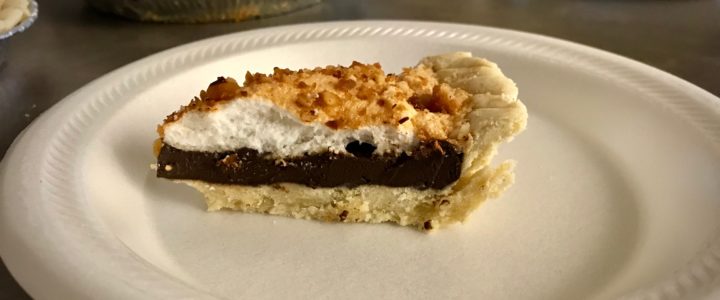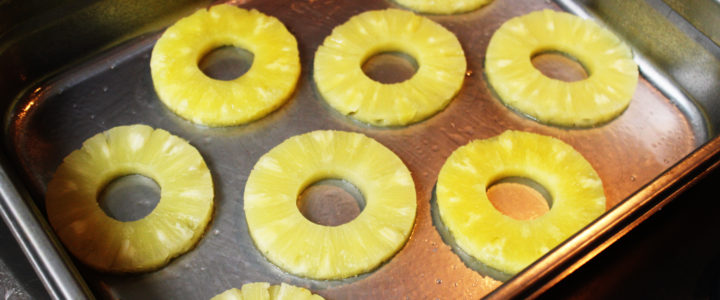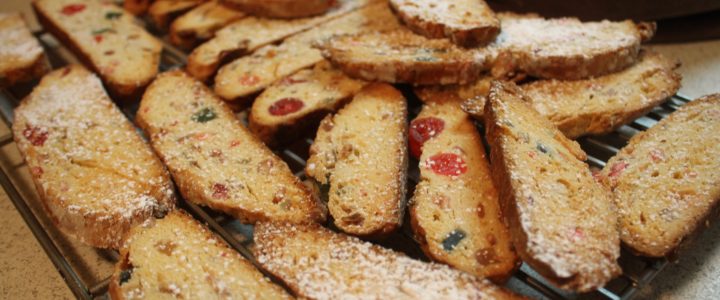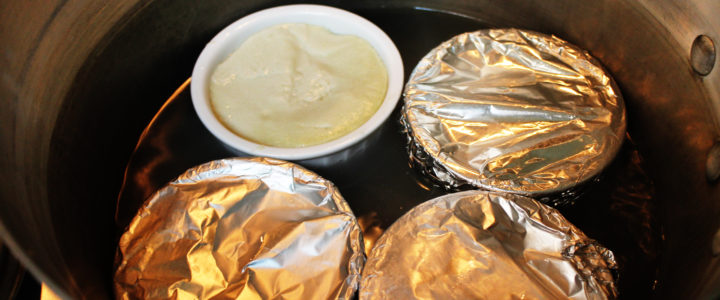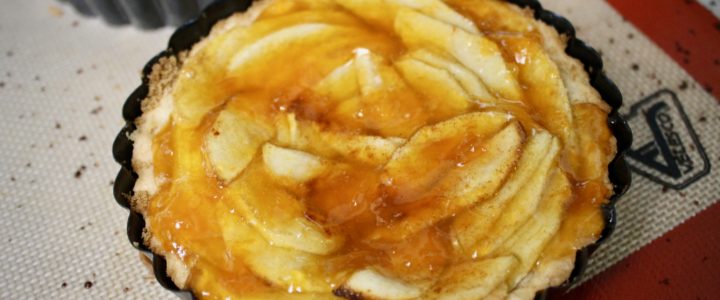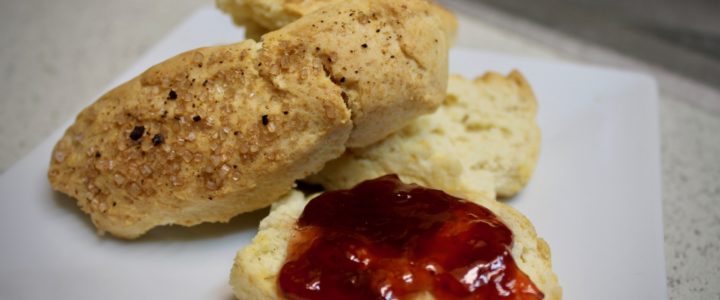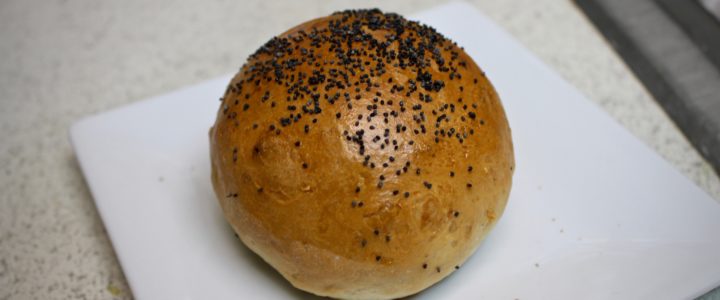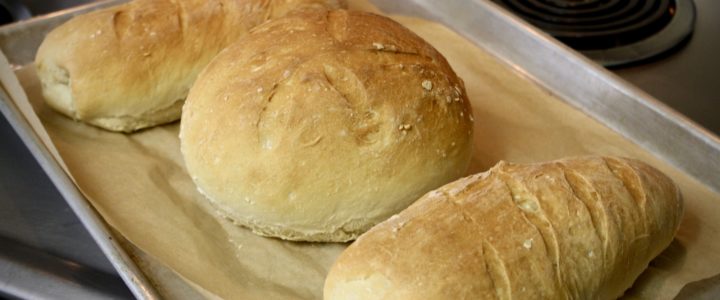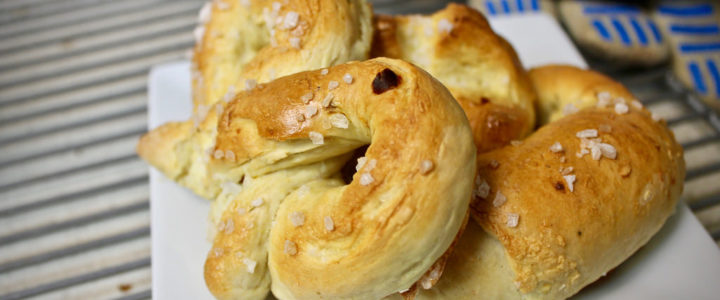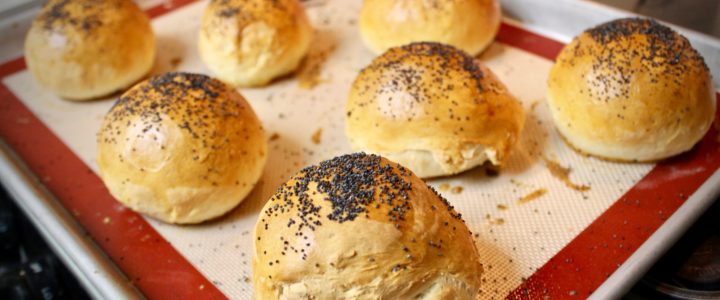A few months ago, we celebrated Pi Day in my office. Most of the pies were store-bought, but I decided to flip through Simply Delicious and see if there was anything worth contributing. I decided on 16-11: Meringue-Topped Chocolate Pie–everyone likes chocolate, and we had had a mishap with the lemon meringue pie on the way back from the store while preparing the day before.

If you’re not familiar with Pi Day, it takes place on March 14th, which when written as a numeric date is 3-14 (at least in the U.S. it is–some countries reverse the order). Pi (the mathematical constant represented by the Greek letter π) is usually rounded up to 3.14, so March 14th is celebrated with actual pies (and a bit of math) as a play-on-words. 😂
No one really needs an excuse to eat pie, but “It’s a math joke” is certainly an acceptable one.
Read more

